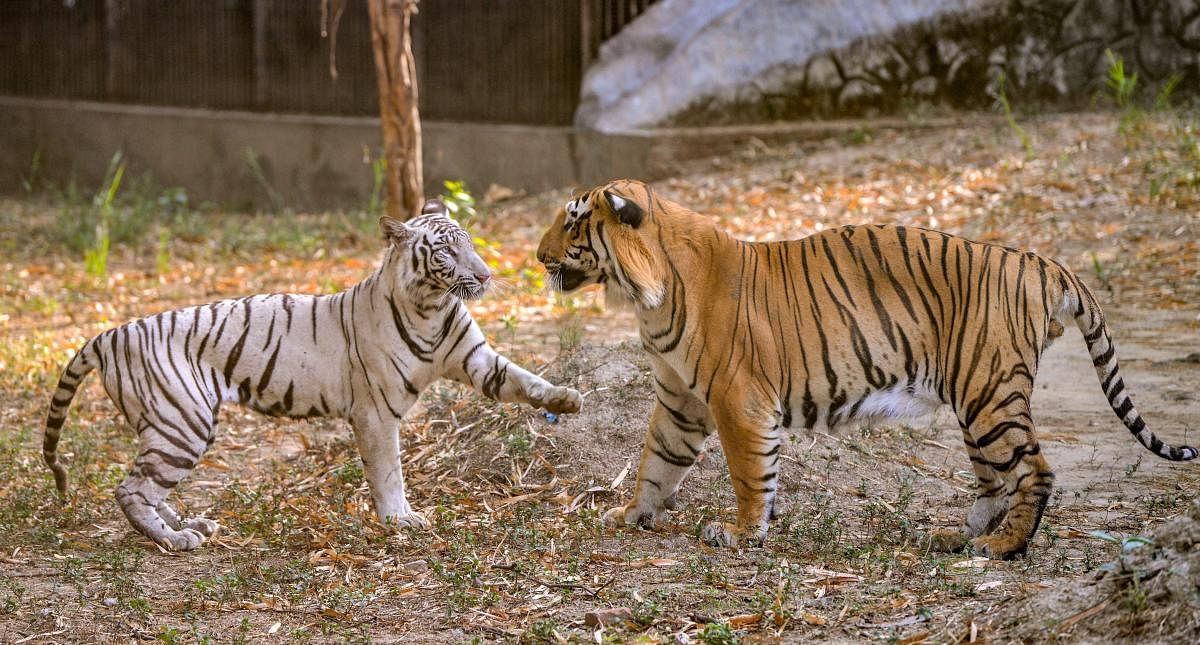
India's success in conserving its tigers has resonated in far-away Guatemala with the South American nation seeking New Delhi's help to conserve its Jaguars, whose numbers are on a steady decline.
Officials at the National Tiger Conservation Authority and the Ministry of Environment and Forest have received proposals from Guatemala authorities on how the lessons learnt from Project Tiger can be exploited to save the jaguars.
“What we have done with tigers is a unique experience, which no one has carried out in the world. With Guatemala, we will discuss their requirements and budget and see how our survey and conservation methods can fit in. The proposal is at an initial stage,” Siddhanta Das, director general of forests in environment ministry told DH.
Guatemala has an estimated 550-600 Jaguars, mostly in Maya Biosphere Reserve.
“A collaboration between the two countries can happen only after a formal agreement is signed. Guatemala has seen a sharp decline in Jaguar population and sought our help in the conservation programme,” said another officer familiar with the developments.
A 2016 study by the American Museum of Natural History showed jaguars in Mesoamerica - a group of five countries namely Mexico, Guatemala, Belize, Honduras and Costa Rica – has been pushed out from more than 77% of their historic range.
These large-bodied and wide-ranging predators occur at low densities, depend on forest habitat, and are thereby negatively affected by changes in habitat connectivity. Habitat loss and fragmentation have the potential to limit movement in Jaguars and consequently genetic connectivity, thus constituting two of the most significant threats to their long-term survival.
Fragmentation may result in reduced gene flow or inbreeding of the animals, which could be detrimental to their health.
In addition, jaguars have become increasingly threatened by illegal hunting, human-wildlife conflict, disease, overhunting of their prey base, and generally suffer from a lack of knowledge concerning their status in the wild in certain regions.
Consequently, jaguars have been classified as 'near-threatened' by the International Union for Conservation of Nature.
On the three Indian tiger reserves devoid of any big cats, sources said tigers could be inserted in Dampha in Mizoram, but Buxa in West Bengal and Palamau in Jharkhand would have to wait long before tigers could be introduced there.
